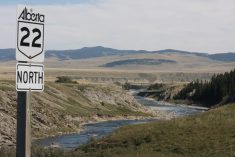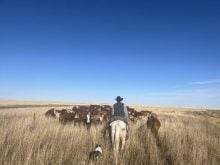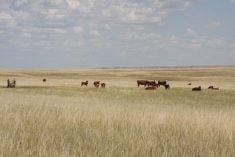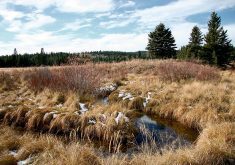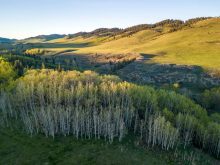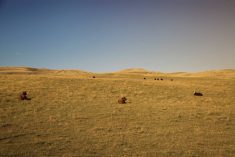Alberta has a new area of preserved natural grassland right outside Waterton Lakes National Park. Dubbed the Yarrow project, it comprises 150,000 acres.
“It really is one of the most unique and incredible properties I’ve ever personally been to,” said Jeremy Hogan, director of prairie grassland with the Nature Conservancy of Canada. He said the project encompasses a variety of microhabitats as well as wetlands.
“There was a species assessment done on it a few years ago that found there were 100 animal species, including 27 species at risk. That was the most we’ve seen on a property in Alberta,” he said.
Read Also
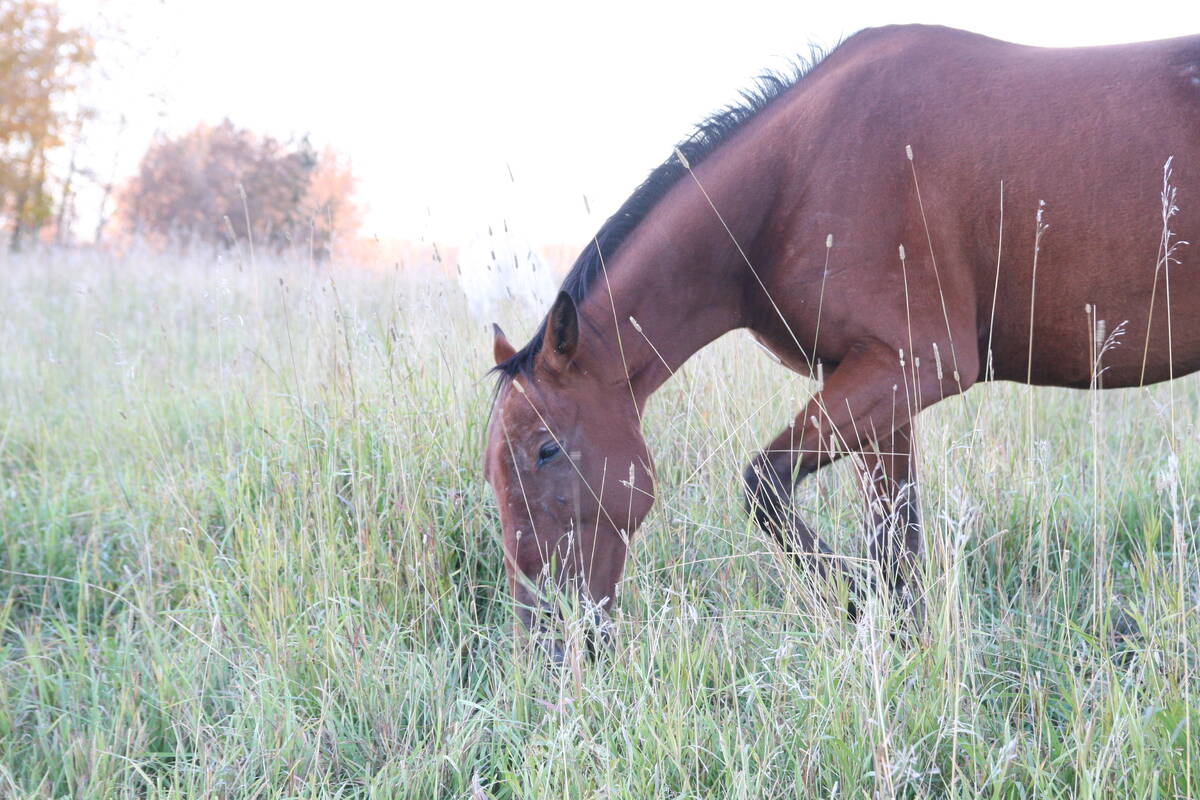
Beware giving horses too much iron
Horses consuming too much iron through diet or well water risk health problems like laminitis. Mineral testing forage and water is good practice for owners.
The NCC has completed the purchase and a fundraising campaign so the property will be protected in perpetuity.
“The Yarrow is right outside of a public land in Waterton (Lakes) National Park, but it provides a bit of a buffer and a corridor for animals to move about.”
Hogan said the acquisition is important considering the steady disappearance of Canadian grasslands.
“We humans like the same type of habitat that plants and animals do. There is often competition over space. In Canada today, less than 27 per cent of native grasslands remain because most of it is converted for human use, whether that is converting it to cropland or building out subdivisions or acreages, in the case of Waterton, things like that.
“Each year, the current rate of loss is 60,000 hectares annually, across all three Prairie provinces. That’s the equivalent of 100,000 football fields.”
Hogan said the area is also vital to various bird species.
“This area is one of the densest waterfowl breeding areas in the world. So, you get migratory ducks, geese, swans and sandpipers coming up every year. They settle on these wetlands that are dotted through the area to breed and feed on their way up north to northern Canada, even as far as the Arctic.
“The other unique thing about the area just east of the Rocky Mountains is that all North American’s major migratory flyways converge in that area. Animals from South America and the Arctic, going south and north every year, will come right through there. Having that habitat intact is an incredible opportunity,” he said.
The Yarrow will allow public access.

“We manage a booking system online that people can secure times in, just for safety issues, particularly during hunting season, for example,” he said, noting it will also be available for grazing.
“The native grasslands of Canada require a little bit of disturbance to remain healthy,” said Hogan. “Because there are no bison available, cattle are the next best thing.”
Another NCC project of a similar nature will be announced soon, he added.
“Grasslands contain more species at risk than any other ecosystem in Canada. It’s a really important place to start thinking about protection for the benefit of plants and animals.
Among other benefits, they regulate water flow and infiltration by slowing flow rate during spring runoff.
“The big deep root network of grasslands keep the water in place and filter out a lot of particulate and things like that, before it gets into the river systems that we use for drinking water,” said Hogan.
Grasslands also play a role in carbon sequestration.
“Because of those big, deep root networks, the grasslands have their carbon store in the ground. So across the world, 30 per cent of the world’s carbon is stored in temperate grasslands.
“In Canada, we estimate that there are 15 billion tonnes of carbon in the Prairie grasslands. It’s the single largest opportunity from a natural climate change solution that we have to just protect the carbon stores and not release them any further.
“Our estimate is that every hectare of grasslands has 340 tonnes of carbon. From breaking the soils and converting that to crop, you lose up to 50 per cent or more of that carbon. … I think it’s important that all Albertans and Canadians know how important grasslands are,” he said.
“We tend to overlook them and we don’t think about them as much as we should. They are the most endangered ecosystem in Canada and they’re still declining at an unsustainable rate.
“So we really need to put pressure on governments, and start considering financial incentives for landowners to keep intact grasslands that way, forever.”




